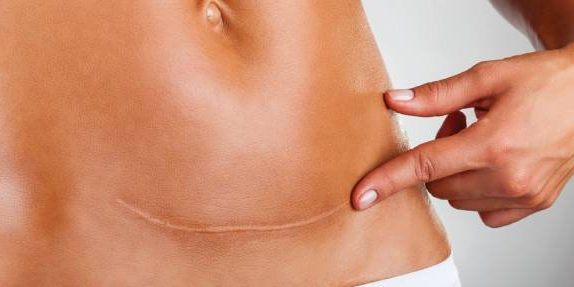
Scar tissue has long been a source of fascination to me, and to many others it seems! Often in fresh-tissue dissections, scars have captured my imagination for their capacity to influence mobility and range of motion both locally and in far remote areas, even if they look innocuous enough on the surface of the skin.
As we all know, the extracellular matrix is the home of inflammation, so when we incur injury or have surgery for example, it’s our fascia that is going to affect the healing response with scar tissue the end result! Fibroblasts differentiate into myofibroblasts to close the wound and collagen deposits constitute the scar to affect repair.
The quality, quantity and arrangement of collagen is dependent on a number of factors – the amount of swelling, immobilization (as little as 2 days apparently!) and the patient’s state of mind. These factors play into a random deposition of collagen fibres as does an unbalanced local tensile state, meaning that the remodeling process cannot replicate anything like normal physiological spatial relationships. According to Catherine Ryan and Nancy Keeney-Smith in David Lesondak’s new book, “Fascia, Function and Medical Applications”, 93% of abdominal surgeries result in abdominal adhesions, so management is critical!
Did you know that a horizontal scar causes a tensile state three times greater than a vertical scar? Of course, one of fascia’s starring roles is to facilitate the seamless gliding of one structure relative to its neighbours, so the effects of excessive scarring can be nothing short of devastating.





